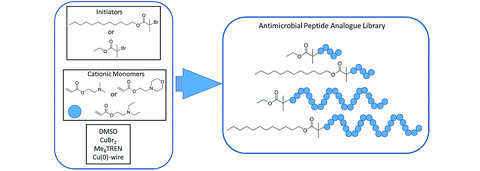Introduction:
Sigma opioid receptors, a subset of the opioid receptor family, have long fascinated scientists and researchers due to their complex and enigmatic nature. Despite being less studied compared to other opioid receptors, sigma receptors have garnered significant interest in recent years due to their involvement in various physiological and pathological processes. In this blog post, we will delve into the world of sigma opioid receptors, shedding light on their key functions, potential therapeutic applications, and ongoing research efforts.
Understanding Sigma Opioid Receptors:
Unique Properties and Classification:
Sigma receptors are unique in that they are not structurally related to traditional opioid receptors. They are classified into two subtypes: sigma-1 (σ1) and sigma-2 (σ2) receptors. Sigma-1 receptors are primarily found in the central nervous system, while sigma-2 receptors are ubiquitously expressed in many tissues, including cancer cells. These receptors play a role in an array of physiological processes, such as neurotransmission, pain modulation, neuroprotection, and cellular signaling pathways.
Modulation of Neurotransmission and Pain:
Sigma receptors have been implicated in the modulation of neurotransmitter release, particularly dopamine and glutamate. This involvement in neurotransmission suggests their potential role in cognitive processes and neuropsychiatric disorders. Additionally, sigma receptors are known to participate in pain regulation, with evidence suggesting their contribution to both nociceptive and neuropathic pain pathways.
Therapeutic Potential and Drug Development:
The versatility and wide distribution of sigma receptors make them attractive targets for drug development. Research has focused on harnessing the potential of sigma receptor ligands for various therapeutic applications, including the treatment of neurodegenerative diseases, psychiatric disorders, and cancer. Additionally, sigma receptor ligands have demonstrated potential in managing pain, addiction, and even as neuroprotective agents.
Sigma Receptors in Cancer Research:
Sigma-2 receptors, predominantly expressed in cancer cells, have gained significant attention as potential diagnostic and therapeutic targets in oncology. Targeting these receptors with selective ligands has shown promise in cancer imaging and direct induction of apoptotic cell death in various cancer types. Efforts are underway to develop sigma receptor-based radiotracers and therapeutics for enhanced cancer management.
Future Directions and Ongoing Research:
The complexity and multifaceted nature of sigma opioid receptors continue to fuel ongoing research endeavors. Scientists are working to unravel the precise mechanisms of sigma receptor signaling, understand their interactions with other receptor systems, and identify novel ligands with high affinity and selectivity. This deeper understanding will undoubtedly contribute to the development of innovative therapeutic approaches and improved patient outcomes.
Conclusion:
Sigma opioid receptors, with their distinct properties and wide-ranging functions, offer a fascinating avenue of exploration in the field of neuroscience, pain management, and cancer research. While still relatively understudied compared to other opioid receptors, the growing interest in sigma receptors has unveiled their potential therapeutic applications. As research progresses, the potential for innovative drug development and improved understanding of sigma receptors will pave the way for exciting breakthroughs in various areas of medicine and biomedical research.
#sigmaopoidreceptors

